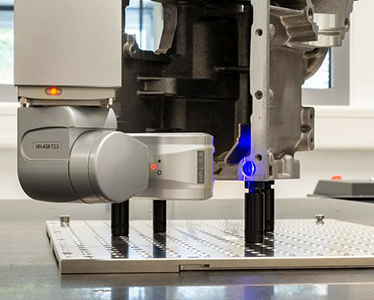What Type of Casting is Used for Steel?
2024-07-26
In the realm of metalworking, steel, as a fundamental and versatile material, finds widespread application in industries ranging from construction to machinery, automobiles, and aerospace. To cater to the diverse manufacturing specifications and performance requirements of various products, steel casting techniques play a pivotal role. This article delves into the various casting methods and highlights the most suitable type for steel production, with a frequent emphasis on the keyword "Steel Casting."
1. Sand Casting and Steel Casting
Sand casting is among the most prevalent methods employed in steel casting. It involves using a mold made from sand and binder material to pour molten steel, which solidifies upon cooling to form the desired casting. Sand casting excels in its affordability, versatility in producing complex shapes, and suitability for mass production. Although it typically results in a rougher surface finish, requiring post-processing, its economic viability and flexibility make it a popular choice for many steel products.
2. Plaster Casting and Its Limitations in Steel Casting
Plaster casting, renowned for its precision and ability to cast intricate shapes, has limited application in steel casting. The plaster mold, while offering good dimensional stability and surface quality, lacks the strength and heat resistance to withstand the impact of molten steel. Consequently, it is more suited to non-ferrous alloys or small-scale precision castings rather than large-scale steel production.
3. Die Casting and Considerations for Steel Casting
Die casting is a high-pressure, high-speed casting process that produces metal parts with intricate shapes and tight tolerances. However, its application in steel casting is constrained by the extreme demands on mold materials and equipment. Primarily used for non-ferrous alloys, die casting is not the primary choice for steel casting, though it may still be feasible for specific steel components with unique shapes and sizes.
4. Investment Casting and Its Advantages in Steel Casting
Investment casting, also known as lost-wax casting or precision casting, represents the pinnacle of steel casting techniques. It utilizes a disposable wax pattern to create a precise casting replica, which is then encapsulated in multiple layers of refractory material to form a mold. Molten steel is poured into this mold, resulting in a casting with exceptional dimensional accuracy, smooth surface finish, and superior mechanical properties. Investment casting is the go-to method for producing complex, precision steel castings required in aerospace, medical equipment, and automotive engine components.
The Diversity and Choice in Steel Casting
In conclusion, the choice of steel casting method depends on various factors, including product performance requirements, production scale, cost-effectiveness, and post-processing needs. While sand casting offers economic viability and flexibility, investment casting excels in precision and quality for high-end applications.
In the pursuit of "reliable" steel castings, continuous efforts are made to optimize casting processes, enhance equipment capabilities, tighten quality control, and improve post-processing techniques. These endeavors ensure that steel castings meet the diverse demands of the market and customers, driving the continuous development and advancement of the steel casting industry.
























































